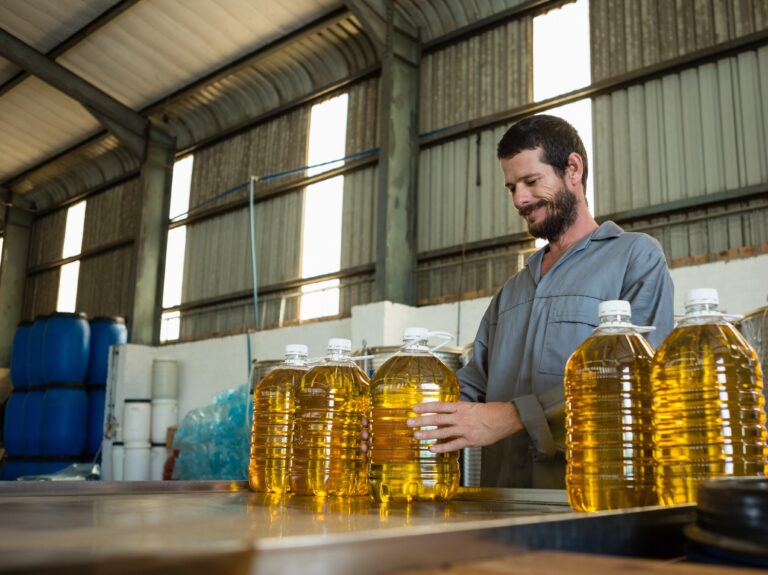Conditions are Ripe for EMA
While it’s not news that food prices have – and are continuing to – increase, the March Food Price Outlook from the USDA’s Economic Research Service (ERS) is showing upwardly revised projections for nearly all Producer Price Index (PPI) categories, with significantly high levels of increase expected for wholesale fats and oils (27%-30%) and farm-level wheat (20-23%).
When the price increase of such fundamental ingredients is combined with today’s supply shortages due to world events, the potential for economically motivated adulteration (EMA) by unethical suppliers is significantly escalated.
As defined by FDA, EMA “occurs when someone intentionally leaves out, takes out, or substitutes a valuable ingredient or part of a food. EMA also occurs when someone adds a substance to a food to make it appear better or of greater value.” FDA’s example is quite relevant to the current conditions, as it focuses on the addition of a cheaper vegetable oil to an expensive olive oil, which is then still sold as 100% olive oil. When EMA results in a reasonably foreseeable food safety hazard, a preventive control may be necessary. As in the case of olive oil, not all EMA will create food safety hazards, but other FDA regulations such as mislabeling and misbranding will apply.
Because of its high value, olive oil has always been highly susceptible to EMA, and the potential of a 30% increase in its cost significantly increases that susceptibility. But olive oil is only one example, as there are any number of foodstuffs that can be cut with cheaper or more available components or even non-food elements. These can include the “bulking up” of spices or grains with other substances, the addition of unapproved coloring agents to simulate higher quality, or even the adding of chemicals (such as the 2008 Chinese melamine contamination of baby formula).
Additionally, it is not just the value of a product but also its lack of availability that is a key driver of EMA, with the greatest risk being when the supply of a product of high value becomes limited. And value doesn’t equate only to dollars, but also to need; e.g., the scarcity of basic supplies such as wheat, soy, and corn can make them a mark for EMA as well.
Because EMA can impact the safety of the food as well as its quality, such as the above-mentioned melamine or the addition of an allergen into a non-allergenic food, FSMA and its implementing regulations require companies to put preventive controls in place to guard against hazards intentionally introduced for the purpose of economic gain in both human food and animal food.
Given all this, it is imperative that food businesses take an even stronger stance today to detect and prevent EMA by employing risk management strategies throughout your supply chain and/or assessing those already in place.
The most readily apparent sign that there may be some less-than-ethical activities in your supply chain could be that of incoming product testing detecting an allergen or other non-intended ingredient in a product that has never before had such an issue. An ingredient could appear different than in the past or produce a different final result with all else the same. Sudden customer complaints about a food tasting or smelling “off” could be a sign of a supply issue, particularly if occurring with several products with a same potentially at-risk ingredient. And counterintuitively, an ease of continuing to attain a product that others are finding to be in short supply, especially if the food originates in an area that is currently at risk, could portend EMA.
However, detecting EMA can be difficult because it is designed to avoid detection, and detection requires constant adaptation because the adulterers change the ways they commit fraud in response to past regulatory actions and available detection techniques. Thus, a key aspect of prevention and control is having a robust supplier risk management program, which is customized to your supply chain and takes into consideration historical and geographical risk of particular products, supply areas, and suppliers. Best practice is that of implementing a digital risk management assessment which can be regularly updated and enable you to focus your energy and resources on the supplies or suppliers of greatest risk.
EMA is a significant risk for food producers, but there are preventive measures. For more information or assistance on EMA prevention or supply chain risk management, give TAG a call. We can help – even if you just need help to figure out where to start!






